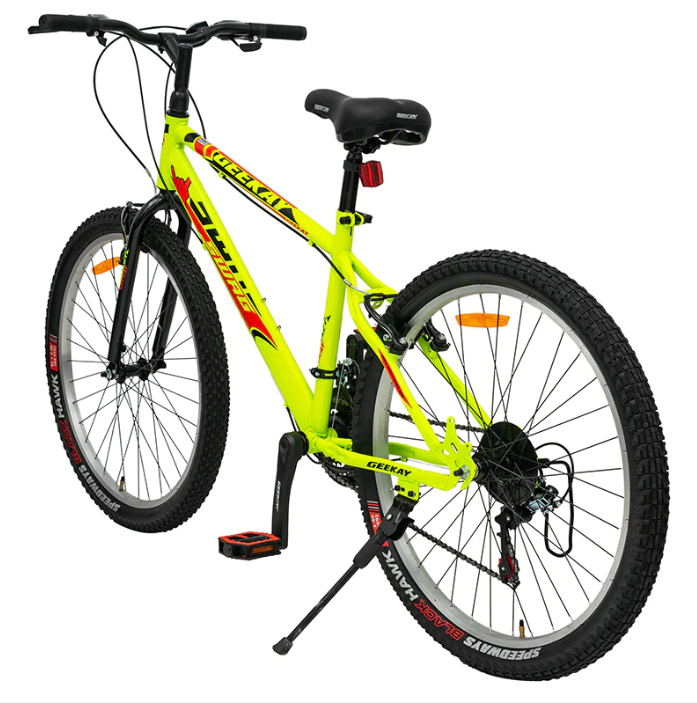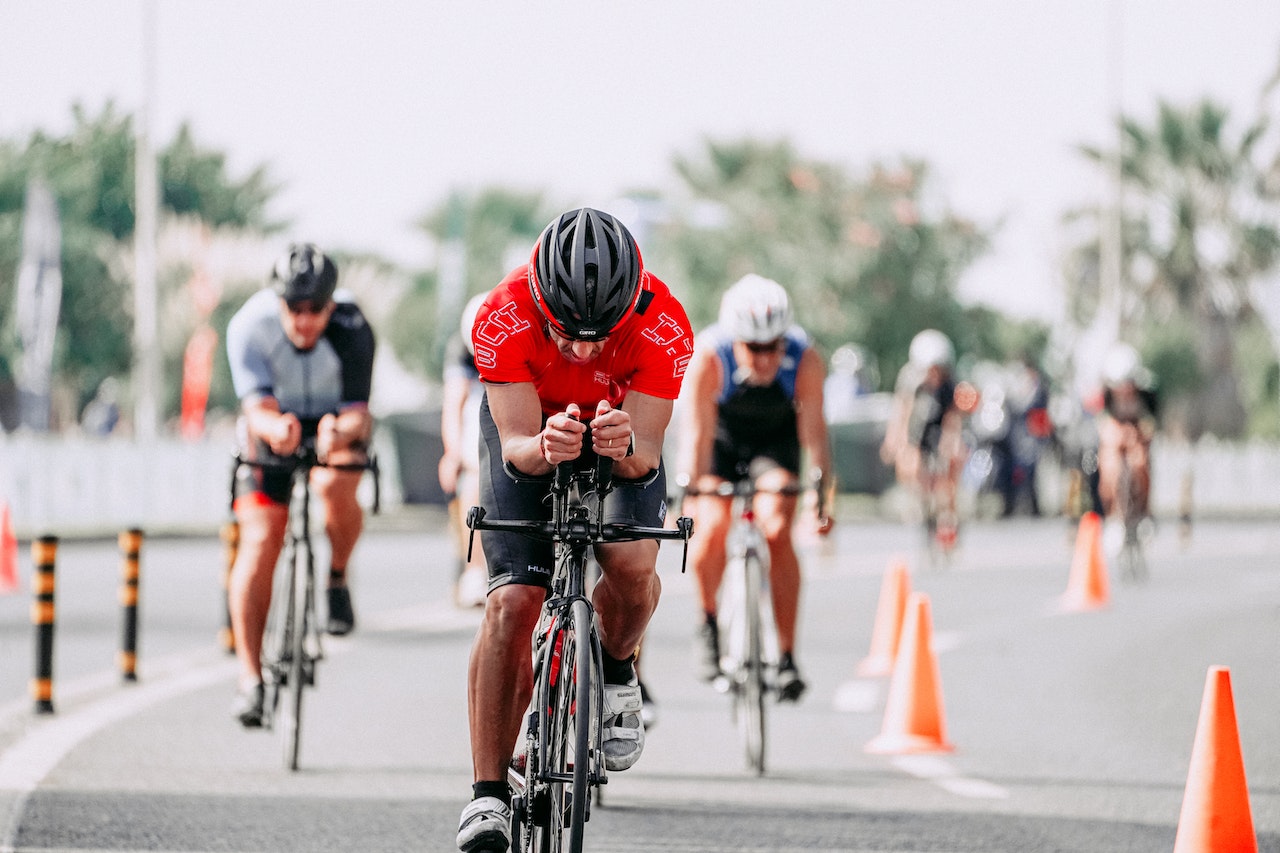Cycling is a terrific sport since it mixes getting exercise, experiencing new things, and being outside in the fresh air. Whether you’re a seasoned cyclist or just getting started, you should know the importance of staying properly hydrated and fed. In this cycling hydration guide, we’ll talk about how vital it is to take in enough fluids and how to plan your fueling and meals throughout extended rides.
Importance of Hydration
Cycling relies heavily on proper hydration. Your core temperature rises as you bike, prompting you to sweat to cool off. Water and electrolytes, found in abundance in sweat, are necessary for several biological processes. Reduced performance, weariness, and even more serious health problems are all possible results of dehydration.
Drinking enough fluids before, during, and after a bike ride is the first step in maintaining proper hydration. Drink 16 to 20 ounces of water or a sports drink for at least an hour and a half before you set out on your cycle. You’ll start your ride well-hydrated if you do this.
Drink fluids frequently, even if you don’t feel thirsty, while you’re riding. Try to drink roughly 20 ounces of water every hour as a general rule of thumb. Sports drinks or cycling supplements containing electrolytes are a suitable alternative for longer rides, while water is fine for shorter ones. Sodium and potassium, two electrolytes, are essential for muscle health and for avoiding cramping.
The amount of water you need to drink while riding can vary depending on your cycling. Compared to more leisurely rides on a city bike, mountain biking’s more demanding terrains and greater intensity may necessitate a greater fluid intake. Think about the temperature, how long you’ll be riding, and how much you sweat to determine how much water you should drink.
Fueling for endurance cycling is just as significant as hydration. Carbohydrates are essential for maintaining energy levels during long rides. Glycogen, stored in the muscles and liver, is the principal fuel source for endurance exercises.

Aim for 30 to 60 grammes of carbohydrates every hour of cycling to optimise your cycling fueling strategy. You can get this from energy gels and bars to bananas and homemade trail mix. Find out what tastes good, digests easily, and gives you the most energy by trying out various options throughout your training rides.
The timing of meals and snacks is crucial during cycling. Carbohydrate consumption in the first 30 minutes of a ride is optimal for stimulating glycogen synthesis and providing an instantaneous surge of energy. After that, keep fueling at regular intervals to keep your energy levels stable during the ride.
Your cycling nutrition for long rides should consist of moderate carbohydrates, protein, and healthy fats. Healthy fats give a steady energy supply, and protein aids in muscle repair and growth. Pre-ride meals and snacks could benefit from healthy foods, including almonds, seeds, avocados, and lean meats.
Your nutritional requirements, like those for water, will depend on the length and difficulty of your ride. A snack or energy gel might be sufficient for rides under an hour. However, a well-planned nutrition strategy is essential to avoid energy depletion and maintain peak performance throughout longer rides spanning several hours.
While staying hydrated and eating right are both crucial, it’s vital to remember that everyone has different needs. Only some riders will benefit from the same techniques. Pay attention to your physical sensations, try several approaches, and determine what works best for your situation and preferences. Young riders riding 14t cycles should always be accompanied by their parents or guardians. Taking regular breaks and drinking water is a must for young riders.
Finally, remember to take it easy and have fun. Cycling is not just about speed; it’s also about enjoying the outdoors, testing your limits, and having a good time. Always remember to take regular breaks, drink enough water, and enjoy your time on the bike. While rigid through challenging terrain via mountain bikes, always carry your snacks, beverages and have loads of fun.
In conclusion, if you want to perform at your best on your bike, drink plenty of water and eat enough food. This cycling hydration guide will help you get the fluids and electrolytes you need to be energised and perform at your best. Plan up your cycling fueling strategy ahead of time, incorporating a balance of carbohydrates, protein, and healthy fats to keep you going strong on those long rides. Remember that you’re an individual cyclist, so figure out your preference. With sufficient fluids and fuel, you can take on any terrain and fully appreciate the thrill of cycling.



Niğde haberleri takip etmek için Niğde Anadolu Haber, Niğde haber, Niğde haberleri, Niğde son dakika, Niğde gündem, Niğde olay , tarafsızlık, güvenilirlik ve geniş kapsam gibi önemli özellikleri sunar. Bu platform, Niğde’den ve Türkiye’den haberlere kolayca erişmenizi sağlar. Niğde Anadolu Haber’i tercih ederek, güncel ve güvenilir bilgilere ulaşabilirsiniz.
Remain in hydration is important as maintained of body part either vehicle or human being . Anikaa
E-Rickshaw is similar king of travel E Rickshaw which is designed to low hydration required